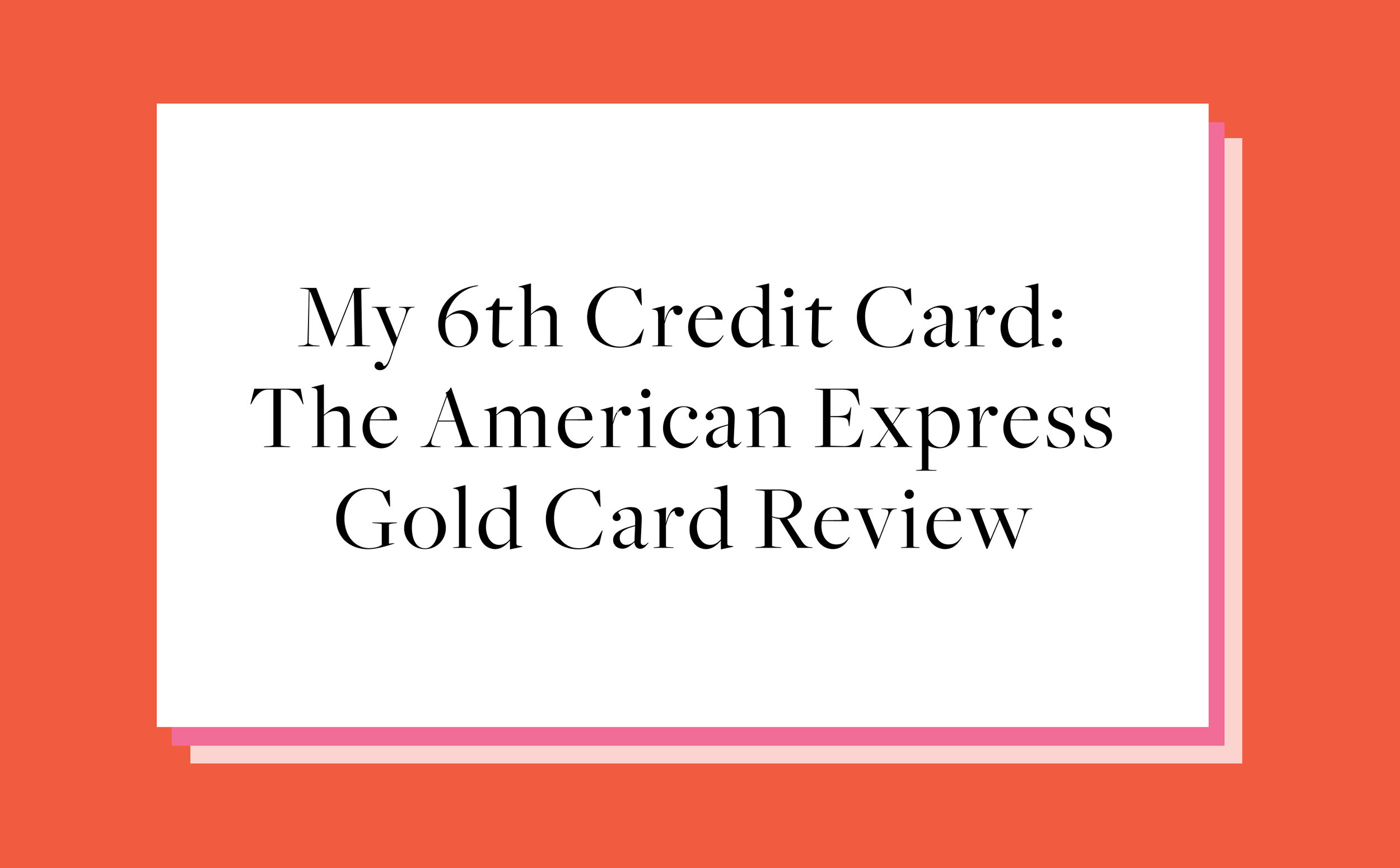How to Use Travel Rewards Without Making It Your Whole Personality
Last updated Oct. 2021
Check out the Sapphire Preferred card here
Disclosure: This content is not sponsored or endorsed by any of the card brands described here and is accurate as of the posting date, but some of the offers mentioned may have expired. Money with Katie is part of an affiliate sales network and receives compensation for sending traffic to partner sites, such as MileValue.com. This compensation may impact how and where links appear on my site, and this site does not include all financial companies or all available financial offers.
Yes, that title is a direct dig at me – over the past few years, I’ve become Miss Travel Rewards Pusher.
Pay for my coffin with points and host my funeral in the Centurion Lounge.
It’s hard not to get lit up about one of the largest personal finance cheat codes: Take one free vacation to a five-star resort and you’ll be hooked, too.
The skeptics? Trust me, I get it. It seems utterly too good to be true.
That said, I talk to a fair amount of people who are interested in taking advantage of travel rewards, but don’t really know where to start or feel that the entire process sounds too tedious.
That’s probably my fault (since I make the entire thing feel like the “white woman doing math with floating numbers” meme), but think about this logically:
The Chase Sapphire Preferred bonus right now is 60,000 points (plus an annual $50 hotel credit, which is #new and exciting): That means the total value of this credit card in Year 1 is $1,250 at the least, if you assume each point can be redeemed for approximately 2 cents.
How long do you work to make $1,250?
Depending on how much money you make, this might equate to a full week of work or more.
(To quickly figure this out, simply think about how much you receive on one paycheck for two weeks of work — more or less than $1,250 after taxes?)
Let’s assume you make $1,250 per two-week pay period.
That’s 80 hours of work, if you work 40-hour weeks.
If you went on a $1,250 vacation, it would cost you two weeks’ worth of work…
Or you could spend 30 minutes signing up for a credit card, going about your life putting your regular spending on it for three months, and paying a $95 annual fee.
I don’t know about you, but it feels like an obvious decision to me.
If you’re only up for the challenge of getting one travel rewards card (maybe more than that feels like too much to manage and keep track of), the Chase Sapphire Preferred is the one I’d snag, and I wouldn’t think twice.
My gut feeling, though, is that once you take your first points trip, you’ll be hooked.
My full strategy is linked here — and it breaks down my strategy that encompasses a few major types of cards:
The “big value” starter card (Chase Sapphire Preferred)
The “expensive but provides luxury travel” card (American Express Platinum)
The hotel card (Marriott Bonvoy Boundless)
The airline card (Southwest Rapid Rewards Priority card)
If you’re playing this game in two-player mode, check out the Couples’ Guide to Travel Rewards (with the potential to offer more than $9,000 in free travel).
And if you need to pull a Katie and make a spreadsheet to keep track of your cards, point values, and credits, go for it — I promise the ROI of the 15 minutes it takes to create a tracker for yourself will be paid off handsomely in free rides to the Virgin Islands.
Once you get your points, these posts can help you make the most of them:




